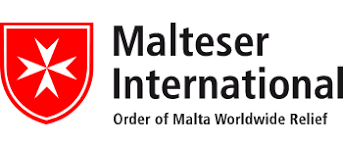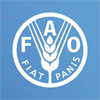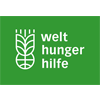Operating Region
PACIDA operates within Marsabit County (North Horr, Laisamis, Saku and Moyale Sub-Counties) and Moyale. The organisation also carries out cross-border activities in cooperation with other agencies working in Ethiopia. Marsabit County is the largest County in Kenya with land mass of 70,961.2km2.
Northern Kenya is among the fragile ecosystems in the region. Majority of the population in this region live beneath the poverty line. Livestock is the backbone of the economy and livelihood with limited options for diversification.
School infrastructure is minimal, with few schools and poor road access networks. The lack of infrastructure and investments and declining formal opportunities to earn an income severely impact residents’ ability to sufficiently provide food, education and healthcare for their families.
The regions cannot produce adequate food from rain-fed agriculture and are therefore exposed to frequent hunger aggravated by frequent droughts happening in short cycles. The arid and semi-arid lands depend mainly on livestock production which is frequently adversely affected and decimated by droughts. 81% of the people are sustained by pastoralism while 16% are agro-pastoralists. 3% of the population are in employment and business.
Inter-community conflicts are common and have to some extent become an aspect of traditional pastoralist culture. The main communities commonly affected by the inter-ethnic conflicts in Northern Kenya are Gabbra, Samburu, Dasanach, Turkana, Burji, Garre, Borana and the Rendile.






